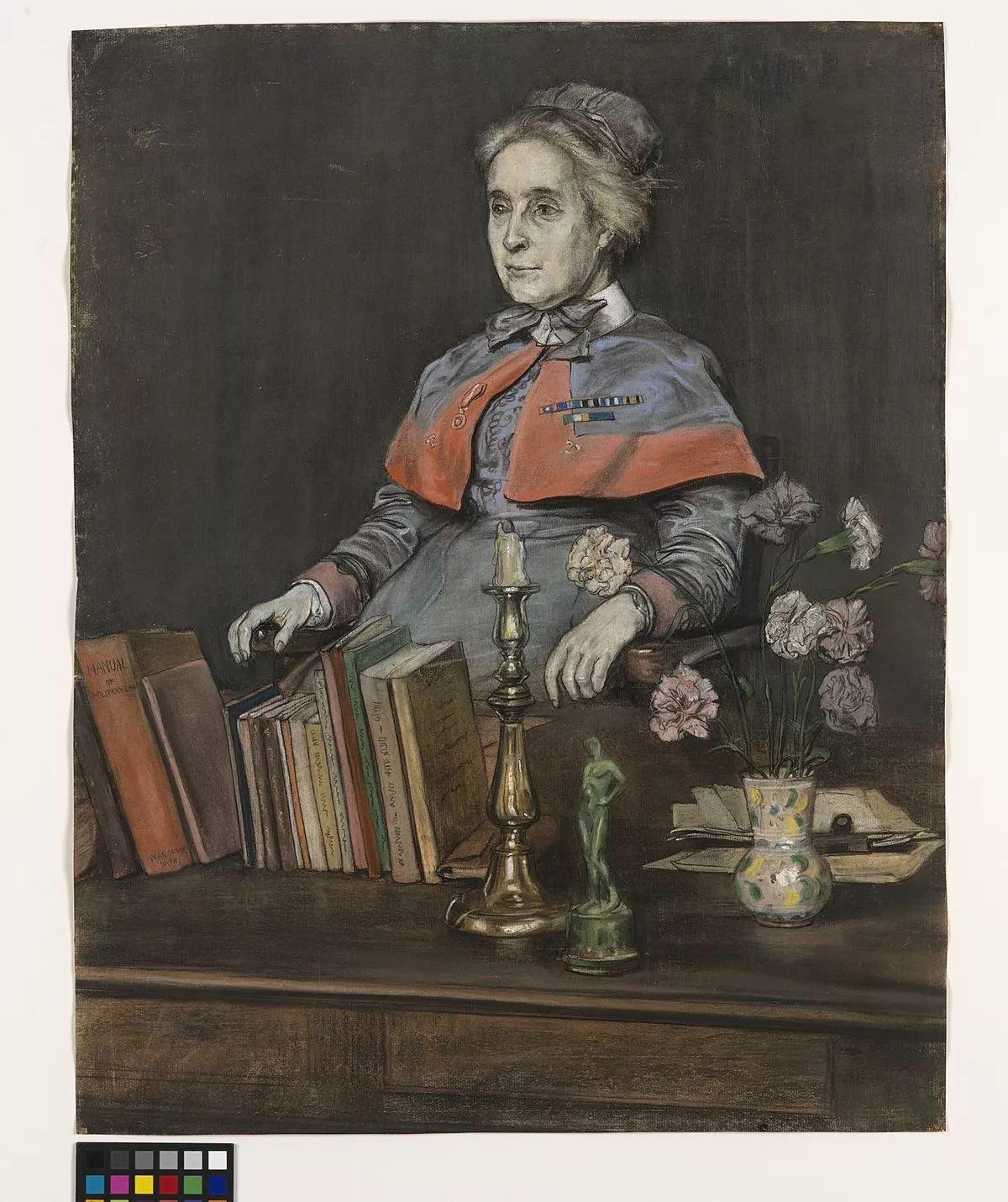 1.
1. Sidney Browne grew up in a medical family, with a surgeon father and two brothers who were doctors.

 1.
1. Sidney Browne grew up in a medical family, with a surgeon father and two brothers who were doctors.
Sidney Browne attended a series of lectures given by the pioneering district nurse Florence Lees, which prompted her interest in nursing as a career.
In 1882 Sidney Browne worked as Staff Nurse at St Bartholomew's Hospital for a year, where she was influenced by the matron, Ethel Manson.
Sidney Browne was one of the first nurses registered with the British Nurses' Association on 7 March 1890, the precursor of the State Register of Nurses.
In 1883, Sidney Browne joined the Army Nursing Service, where she was posted to the Royal Victoria Hospital, Netley and in 1884 had her first overseas posting during the Anglo-Egyptian War.
Sidney Browne's postings took her to Malta, Ireland, Woolwich and Aldershot, rising steadily through the ranks.
Sidney Browne was posted to active service in the Second Boer War from October 1899, where over the next three years she was superintending sister at three different base hospitals, for which she received the Royal Red Cross.
Sidney Browne retired from the Army in 1906 at age 55, which gave her the time to be an active campaigner for the state registration of nurses.
Sidney Browne was succeeded as Matron-in-Chief of QAIMNS by Caroline Keer.
Sidney Browne was still concerned about the lack of trained nurses available to the army and, with Elisabeth Haldane, established the Territorial Force Nursing Service, a civilian trained nursing reserve, in 1908, for which she became Matron-in-Chief from 1910.
Sidney Browne travelled across Britain and abroad inspecting living and working conditions of her nursing staff.
Sidney Browne's work was recognised with a Bar to her Royal Red Cross.
In 1916, Sidney Browne, who had long supported the nursing state registration bill, agreed that the time was right for a College of Nursing to be established.
Sidney Browne was a member of the first Royal College of Nursing Council from 1917 until her retirement in 1927 and was the first Honorary Treasurer of the college as well as the inaugural President.
Sidney Browne was recognised for her work in the First World War in the 1919 New Year Honours, when she was appointed a Dame Grand Cross of the Order of the British Empire.
Sidney Browne received many honours for her work including an honorary degree in 1925 from Leeds University, the freedom of West Bromwich; and in July 1927, she was awarded the International Florence Nightingale Medal by the League of Red Cross Societies.
Sidney Browne lived in Cheltenham with her friend Hilda Hoole from 1927.
Sidney Browne died on 13 August 1941, with her funeral taking place at St Stephen's Church Cheltenham.